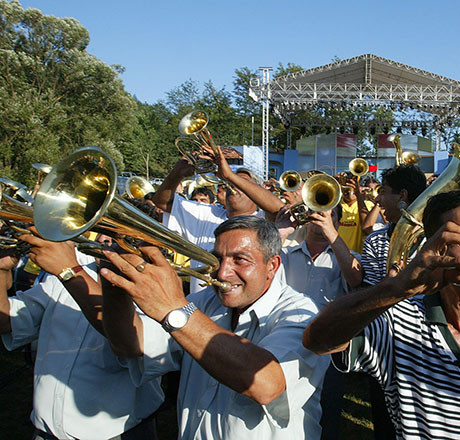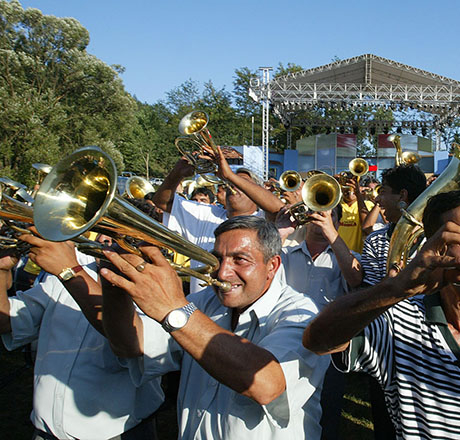Serbia
Serbia
Like a Local in Belgrade’s Savamala
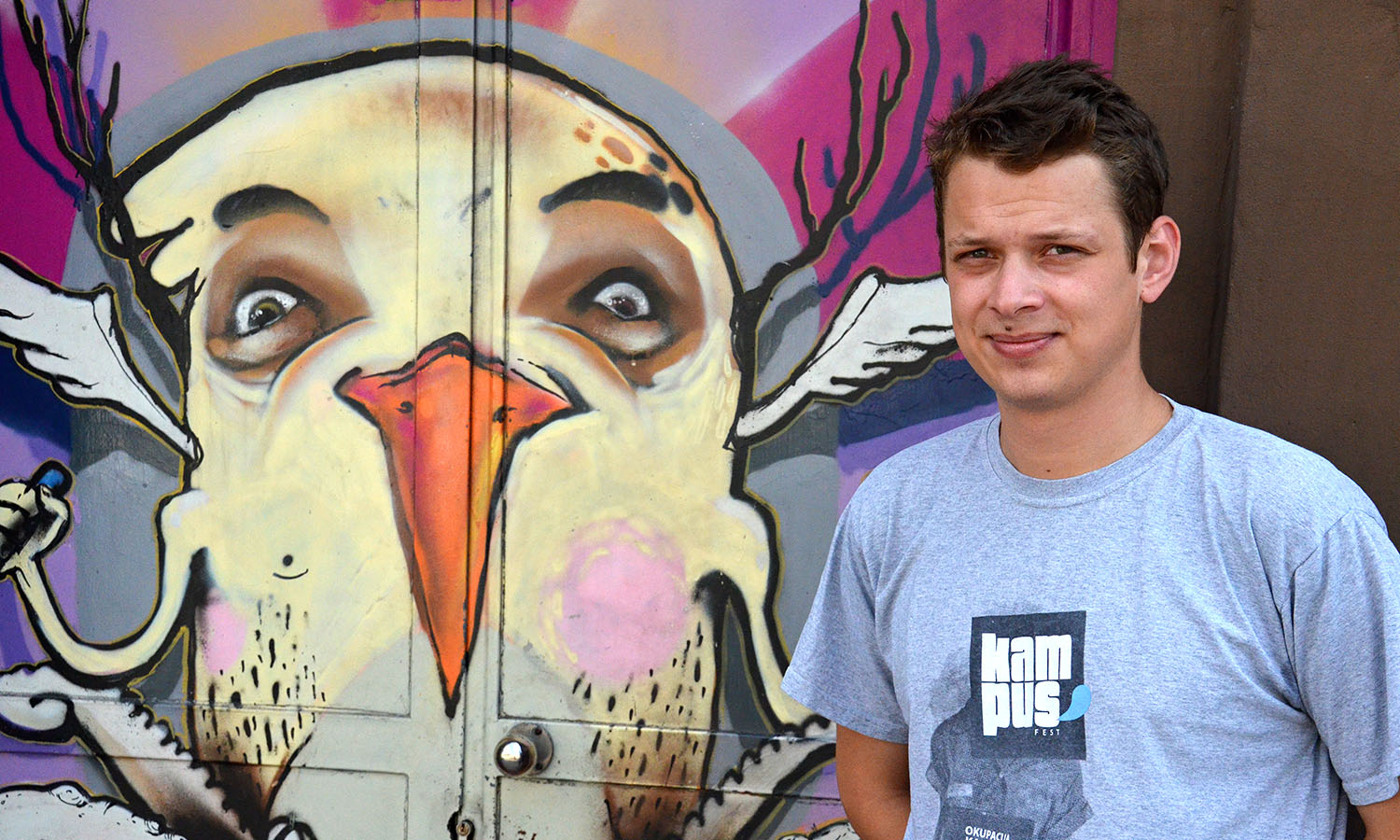

Like many of Belgrade’s residents, I’m an adopted local. When I was three, my parents and I escaped a besieged Sarajevo and relocated to Zlatibor, a pretty town in southern Serbia where the conflict seemed a world away. At the age of 18, I left those rolling hills for the big smoke and quickly found myself immersed in Savamala’s street-art scene. In the seven years since, I’ve seen a huge transformation, as the area, once considered the ugly junkyard by the train station, has become Belgrade’s vibrant artistic hub.
Savamala is just a few minutes from Republic Square, the true centre of the city. Start at the horse statue – Belgrade’s best-known meeting place – and head up Knez Mihailova, the posh main drag that leads to Kalemegdan Fortress. Before you reach the imposing castle, deviate into one of the many alleys to the left, weave through the bustling Zeleni Venac market and head towards Brankov Bridge. There’s a staircase leading to the heart of Savamala, but while you’re here make sure you duck round the corner to check out the Blu mural, one of the city’s most famous graffiti works. It’s probably a beautiful metaphor for how corporate society is destroying the earth. But who knows, maybe it’s just a man with bad teeth eating some broccoli.
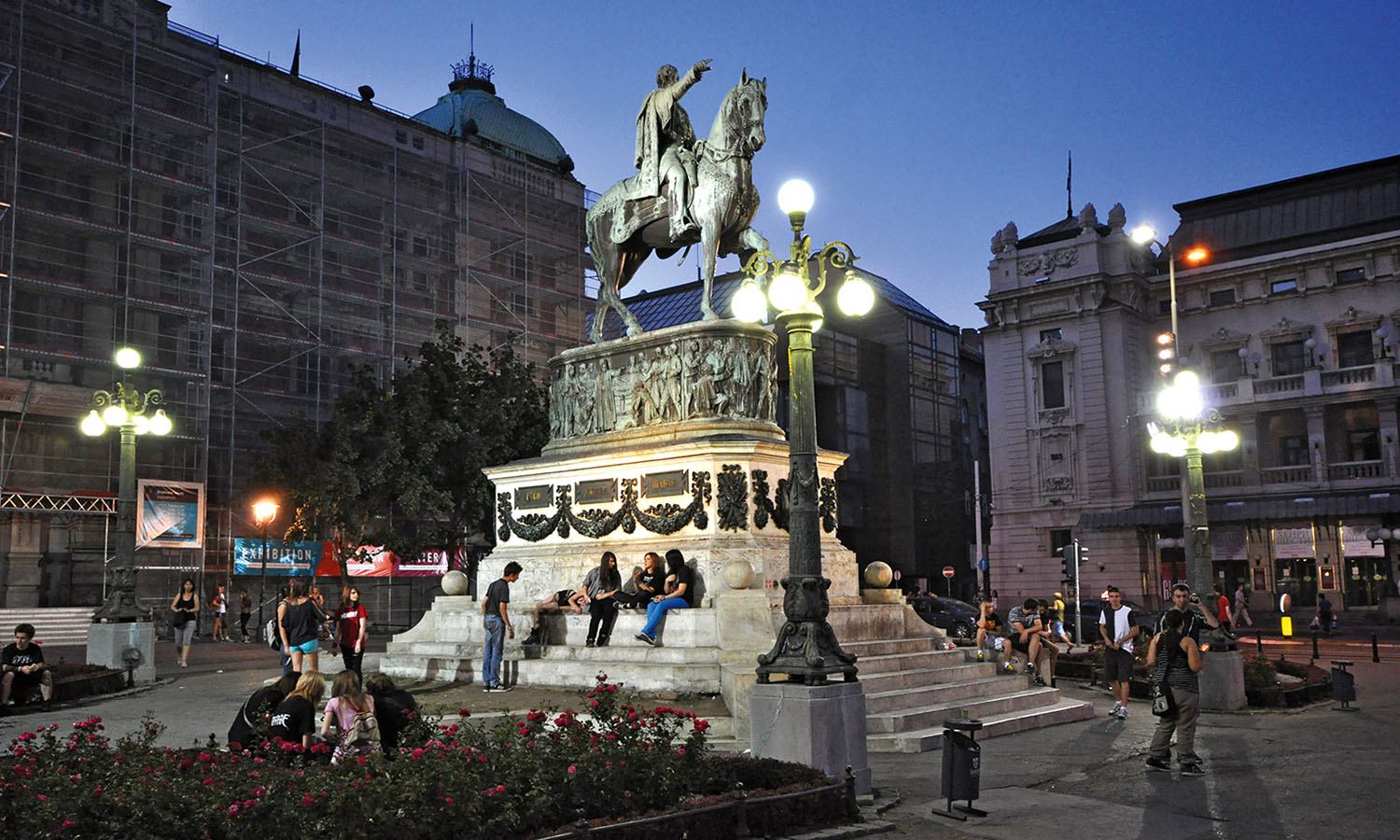

Head back to the stairs and descend past Jazz Bašta, a hip little bar tucked away in a courtyard just off the staircase. Known for its sweet cocktails and even sweeter tunes, it’s the perfect hangout for locals who are prepared to pay an extra hundred dinars (about US$1) for some quality drinks and a bit of privacy. Just a few steps down is Gnezdo Organic, one of the city’s few organic restaurants and surely one of its best spots for modern dining. The menu is a refreshing alternative to the typical Serbian fare of meat, meat and more meat, offering vegetarian options like risotto and tagliatelle, as well as a range of liver-cleansing fresh juices. Those struggling to find meat-free options should also check out Radost Fina Kuhinjica, an excellent vegetarian restaurant within a stone’s throw of the fortress.
At the bottom of the staircase is a graffiti tribute to Robin Williams that popped up just days after the late comedian’s passing and gained instant fame online. Next to it is a particularly large mural. Actually, a few friends and I were paid by Converse sneakers to work on it. But please try to see it as art, not advertising.
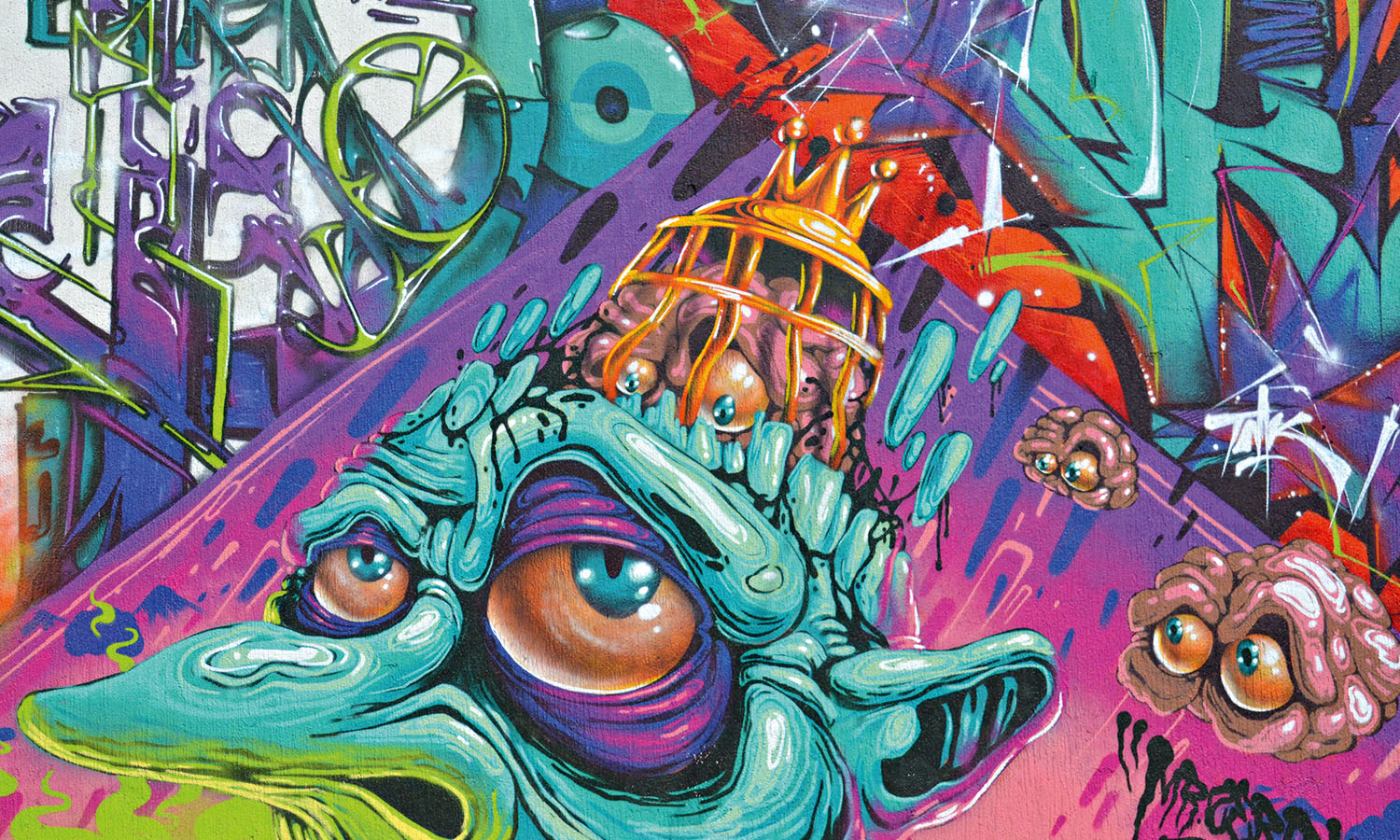

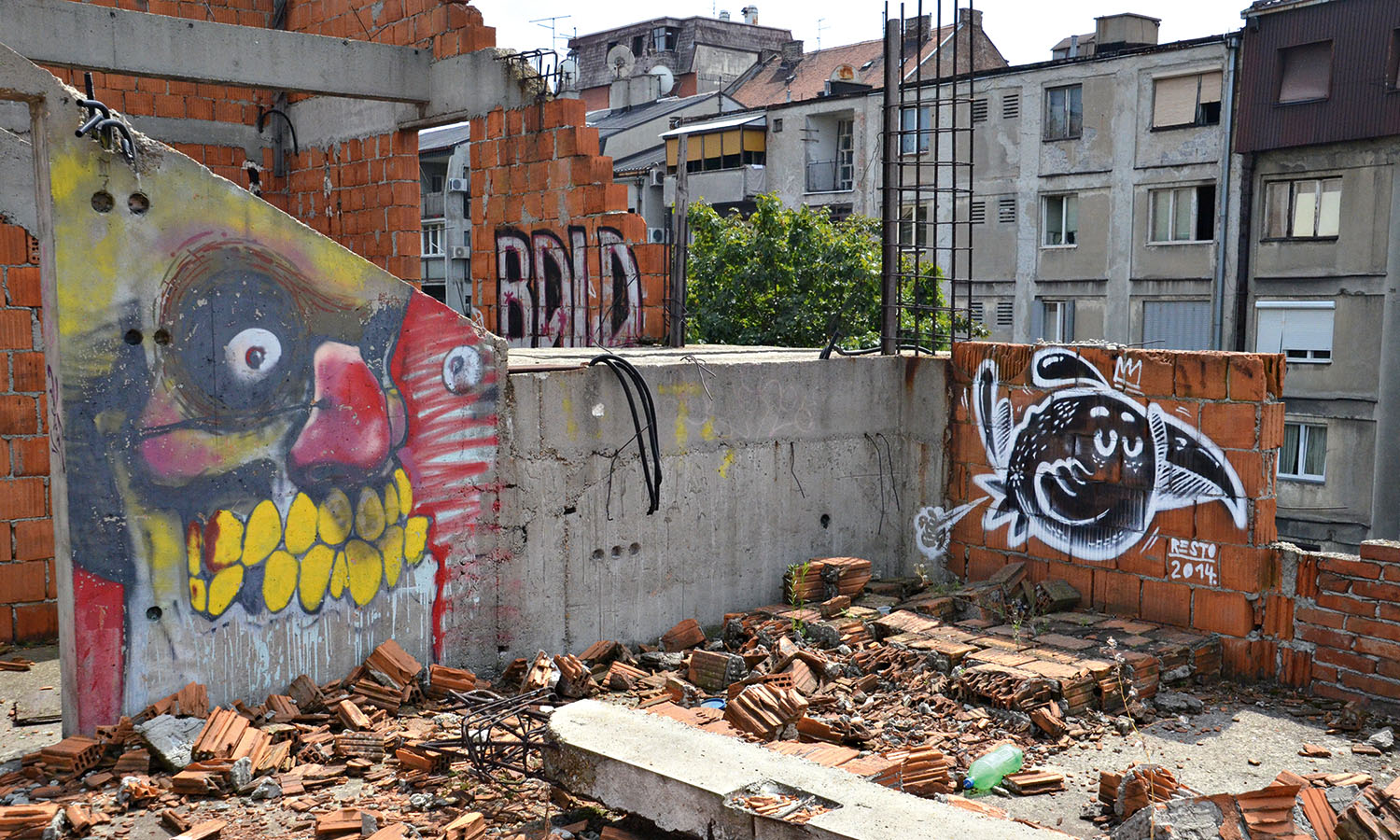

The next block contains some Savamala icons. Chief among them is Mikser house, a conceptual art gallery, cafe and bar rolled into one. It’s known as the birthplace of Savamala art culture and is as popular today as it ever was. Just up the road are the twin clubs Mladost and Ludost (‘youth’ and ‘madness’ respectively in Serbian). They’re good for a big night out but are quite pricey and can get very crowded. Those looking for a more chilled-out option should head around the corner to KC grad, which has a spacious but well-hidden beer garden that’s perfect for some arvo brews. While you’re there, pop next door to Španska Kuća, a semi-collapsed building that’s been transformed into an open-air gallery.
Stop for a drink at oh-so-trendy dvorištance, the bar behind the wooden gate on the bend of Braće Krsmanović St. You can come here to rub shoulders with Belgrade’s coolest crowd or you can just drink until the next train passes on the tracks outside (are there ever any trains?). My friends and I like coming to places like this, but at the moment it’s a rare treat; the economy is tough and the government gives practically no funding to artists like us. So most of the time we just hang out in the park with a few beers and good company.
The street just around the corner – Mostarska – is perhaps the most striking in the city, purely for its graffiti. Colourful wall-to-wall art on either side gives you the feeling you’re walking through a real-life comic book. Actually it’s very recent; during the Mikser Festival in June last year, artists transformed the bland street into something memorable. Now the once-empty walls seem almost alive with astronauts, acid-trip brain goblins and swarms of cats.
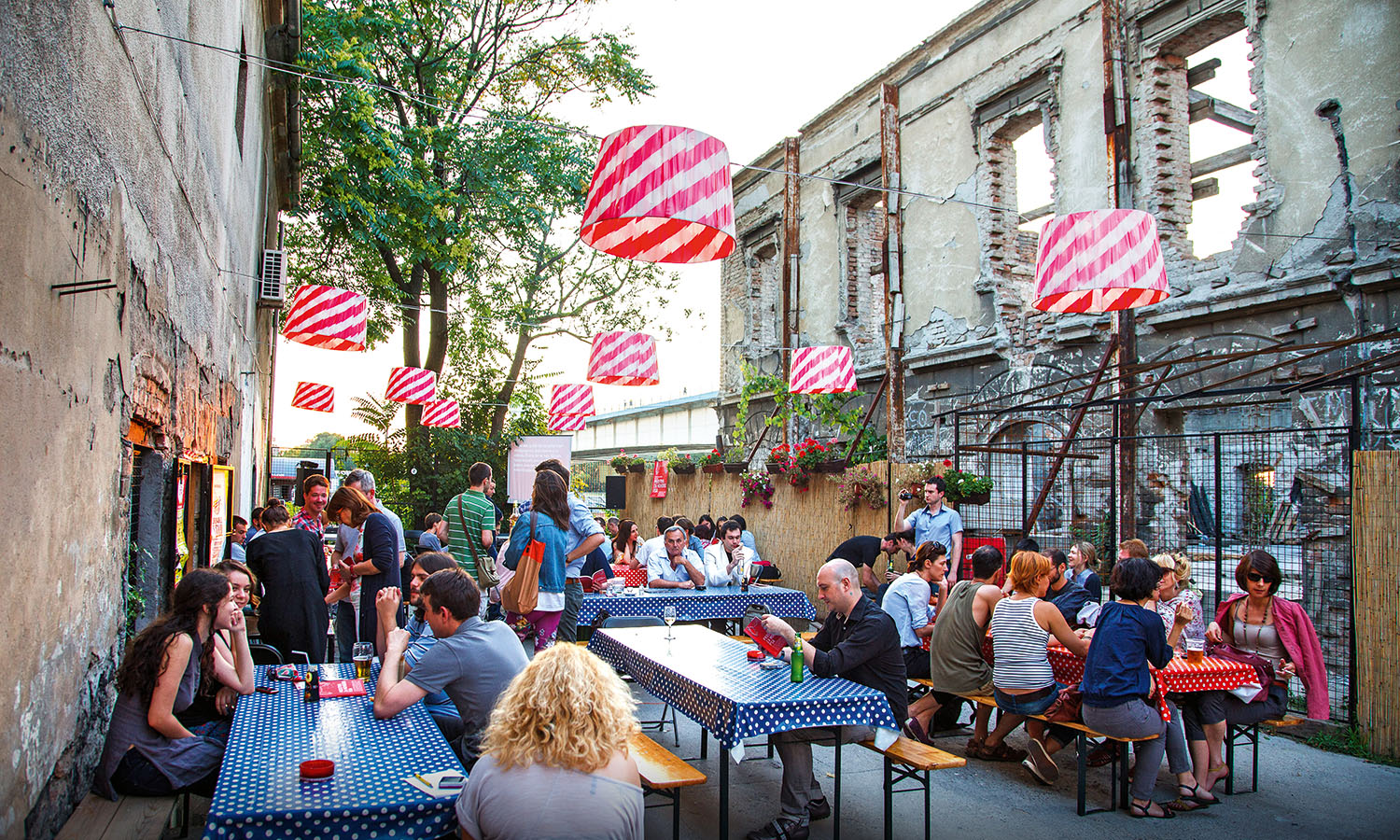

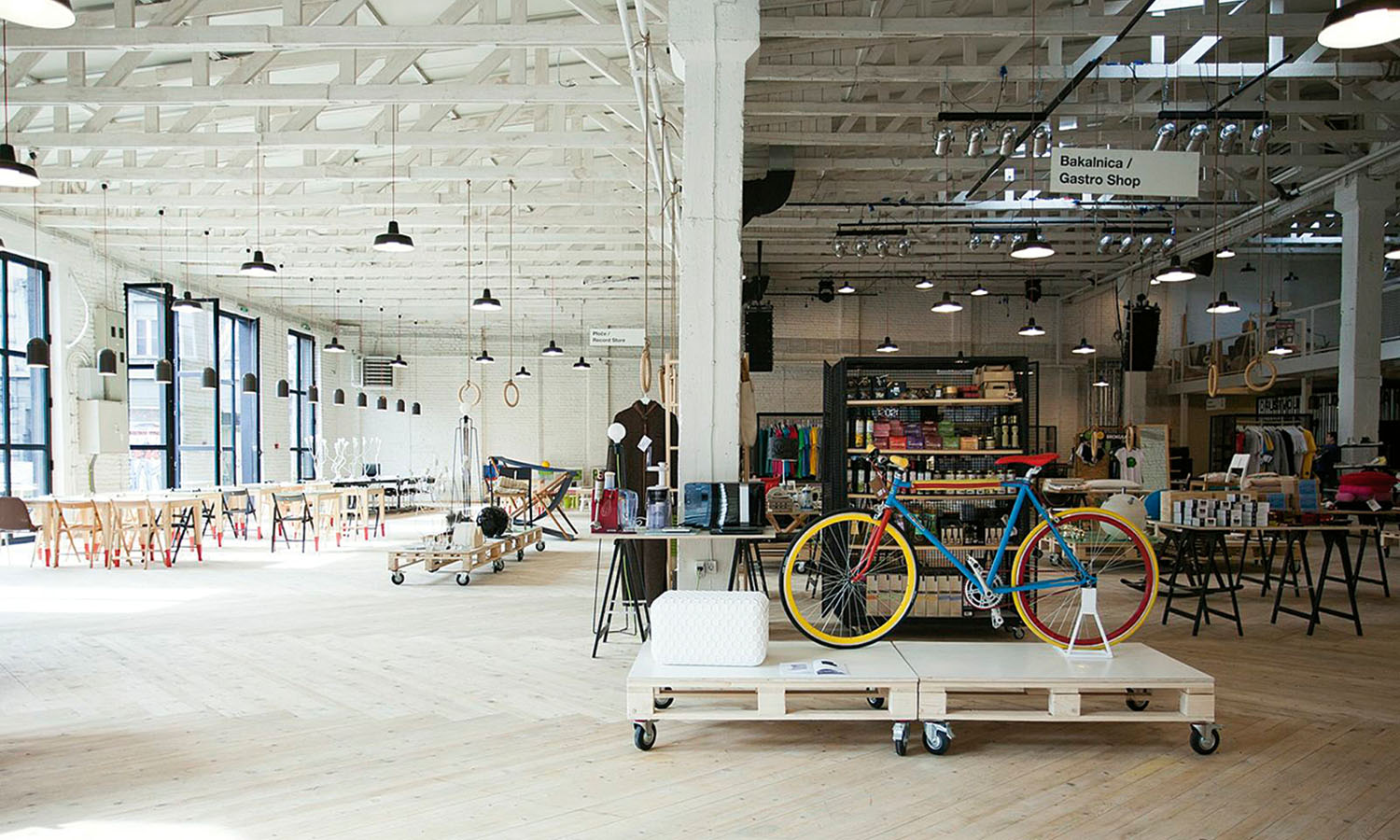

Unfortunately, nowadays in Savamala there’s an elephant in the room. Actually, it flaps in the breeze above you; a row of big blue flags on which is written ‘Belgrade Waterfront’. These flags signify the Serbian government’s deal with a property developer to transform Savamala into an upmarket residential zone over the next decade. For artists like us, it stinks. Not long ago Savamala was a ruined area, so we came here and transformed it into what it is today. Now that it’s back on the map, the government sees the potential for profit and has stepped in to make a quick buck. They will move us from the place we made our own and, if they get their way, replace our art with soulless buildings. But if and when the time comes, we’ll go somewhere else and our expression will not be muted.
Nobody knows what Savamala will be like in 10 years’ time. That’s why you should come here now, to experience the heart and soul of one of Europe’s most interesting cities while it’s still in its prime. And if you decide to give a big blue flag a touch-up with some spray paint, well, I wouldn’t blame you.
Words Nick Johns-Wickberg
Tags: like a local, nightlife, street art, urbanites
 (
(


